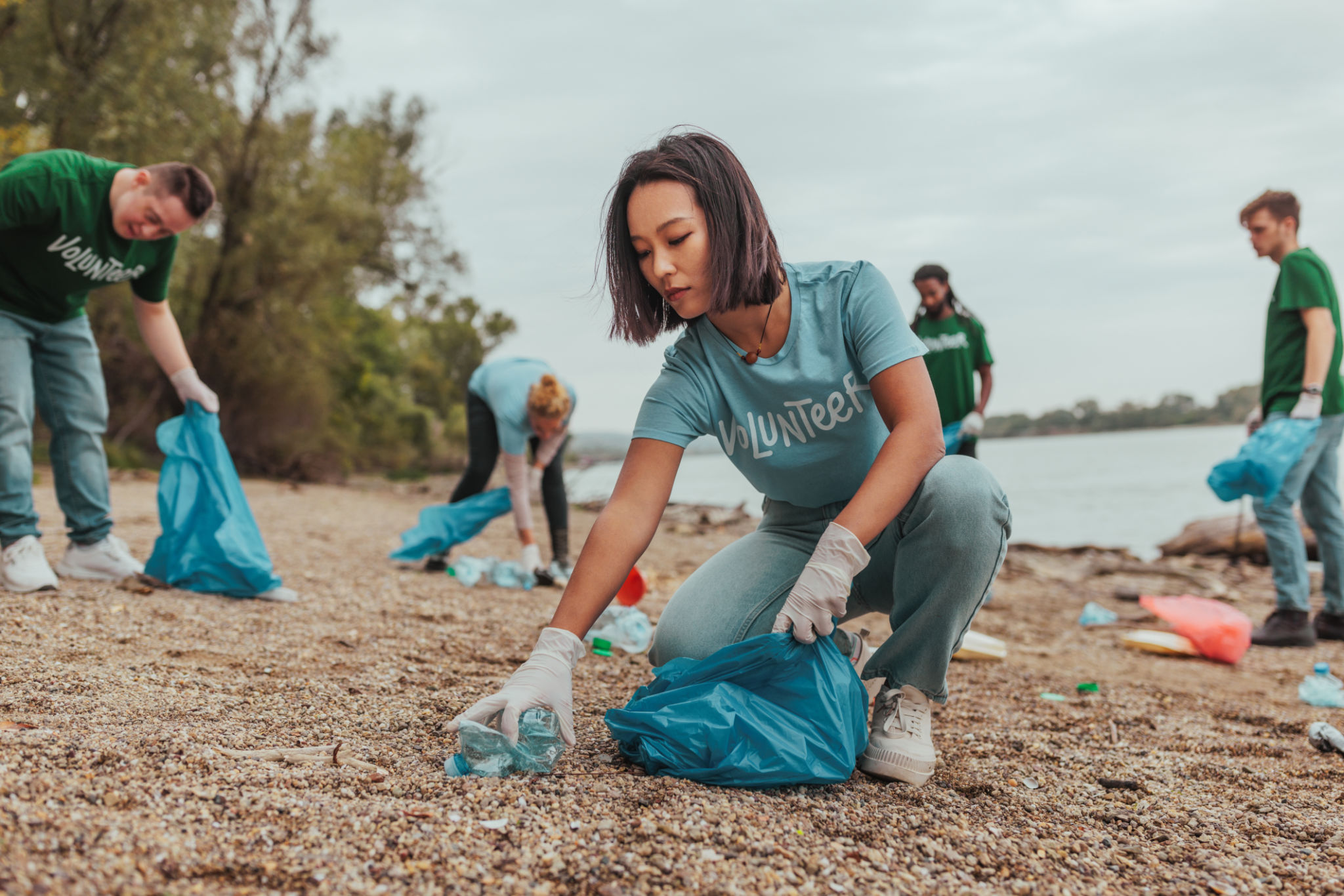DIY Beach Clean-Up: How to Organize a Local Event
Why Organize a Beach Clean-Up?
Organizing a DIY beach clean-up is an impactful way to contribute to environmental conservation while fostering community spirit. Beaches are natural treasures that provide habitat for wildlife, recreational spaces for people, and contribute to the overall health of our planet. Over time, however, they can become littered with trash that harms ecosystems and diminishes their beauty. By hosting a local clean-up event, you can make a significant difference.
One of the most rewarding aspects of a beach clean-up is seeing the immediate results of your efforts. Not only will you leave the beach cleaner, but you'll also raise awareness about pollution and inspire others to take action. It's an opportunity to educate and empower your community to protect these vital ecosystems.

Planning Your Beach Clean-Up
The first step in organizing a beach clean-up is selecting the right location. Choose a beach that is accessible and safe for volunteers. Consider factors such as parking availability, restroom facilities, and proximity to public transport. Once you've selected a location, contact local authorities or beach management organizations to obtain any necessary permits or permissions.
Next, set a date and time for the event. Check the local tide schedules to ensure that your clean-up occurs during low tide when more of the beach is exposed and accessible. It's also wise to choose a date that doesn't conflict with other local events to maximize volunteer participation.
Gathering Supplies
Equip your volunteers with the necessary tools for a successful clean-up. Essential supplies include:
- Reusable gloves
- Trash bags or reusable buckets
- Recycling bins
- First aid kits
Consider reaching out to local businesses or environmental organizations for sponsorship or donations of supplies. This not only helps cover costs but also builds community partnerships.

Promoting Your Event
Effective promotion is key to attracting volunteers. Utilize social media platforms like Facebook, Instagram, and Twitter to create event pages and share updates. Engage with local community groups online and offline to spread the word. You can also create eye-catching flyers to distribute in community centers, schools, and local businesses.
In addition, consider contacting local media outlets or bloggers who might be interested in covering your event. A feature in the local newspaper or on a popular blog can significantly boost your event's visibility and attract more participants.
Executing the Clean-Up
On the day of the event, arrive early to set up a check-in station where volunteers can sign in and receive their supplies. Provide a brief orientation to explain safety protocols, designate areas for trash collection, and highlight any specific environmental concerns relevant to the site.

Encourage volunteers to work in teams for efficiency and safety. Make sure there are designated areas for collecting recyclables separate from general trash. It's also important to have a plan for the disposal of collected waste—coordinate with local waste management services if needed.
Celebrating Success
After the clean-up, take a moment to celebrate your collective effort. Gather volunteers for a group photo to commemorate the day and share it on social media with a thank-you message. This not only shows appreciation but also inspires others who see the post to join future efforts.
Hosting a successful DIY beach clean-up is more than just removing trash; it's about building a community around environmental stewardship. With thoughtful planning and execution, your event can make a lasting impact on both the beach and those who participate.